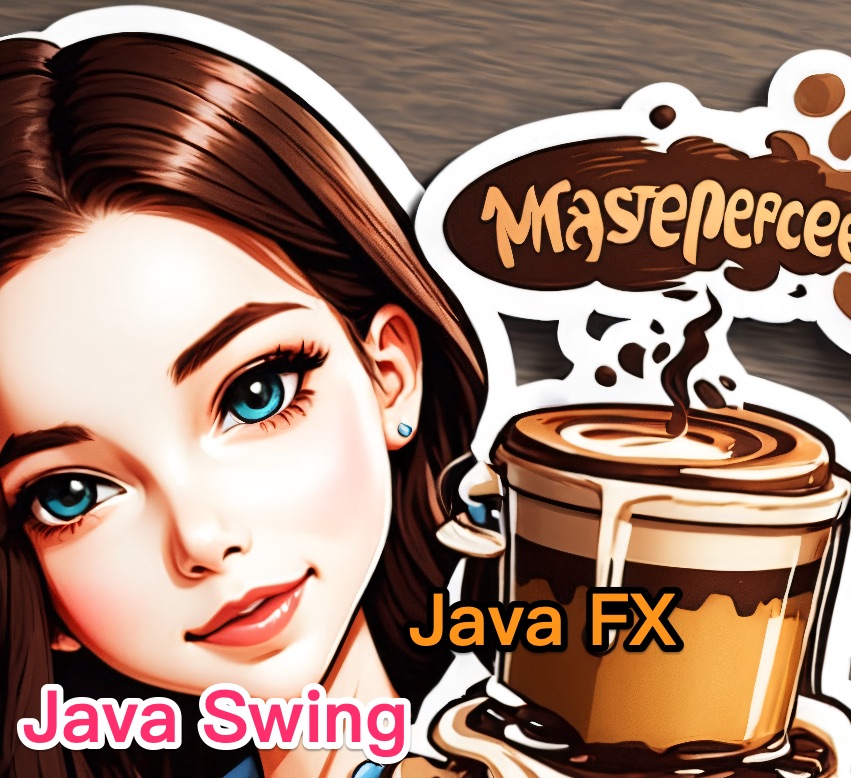Java Swing and JavaFX are two popular GUI libraries for Java developers. Both libraries provide a rich set of components and features for creating graphical user interfaces (GUIs). However, there are some key differences between the two libraries.
Java Swing
Java Swing is the older of the two libraries, having been introduced in Java 1.2. It is based on the AWT (Abstract Window Toolkit), which is a low-level API for creating GUIs. Swing provides a more object-oriented approach to GUI development than AWT, and it offers a wider range of components and features.
JavaFX
JavaFX is a newer GUI library that was introduced in Java 7. It is based on a different rendering engine than Swing, and it offers a more modern and visually appealing look and feel. JavaFX also provides a number of features that are not available in Swing, such as support for 3D graphics and animations.
Comparison of Java Swing and JavaFX
The following table compares some of the key features of Java Swing and JavaFX:
| Feature | Java Swing | JavaFX |
| Rendering engine | AWT | JavaFX Scene Graph |
| Look and feel | Traditional | Modern and visually appealing |
| Component set | Rich set of components | Rich set of components, including support for 3D graphics and animations |
| Platform support | Windows, Mac OS X, Linux | Windows, Mac OS X, Linux, iOS, Android |
| Learning curve | Easier to learn | Steeper learning curve |
Which library should you use?
The choice of which library to use depends on your specific needs. If you need a library that is easy to learn and provides a traditional look and feel, then Java Swing is a good option. If you need a library that offers a more modern look and feel and support for 3D graphics and animations, then JavaFX is a better choice.
Conclusion
Java Swing and JavaFX are both powerful GUI libraries for Java developers. The choice of which library to use depends on your specific needs.
